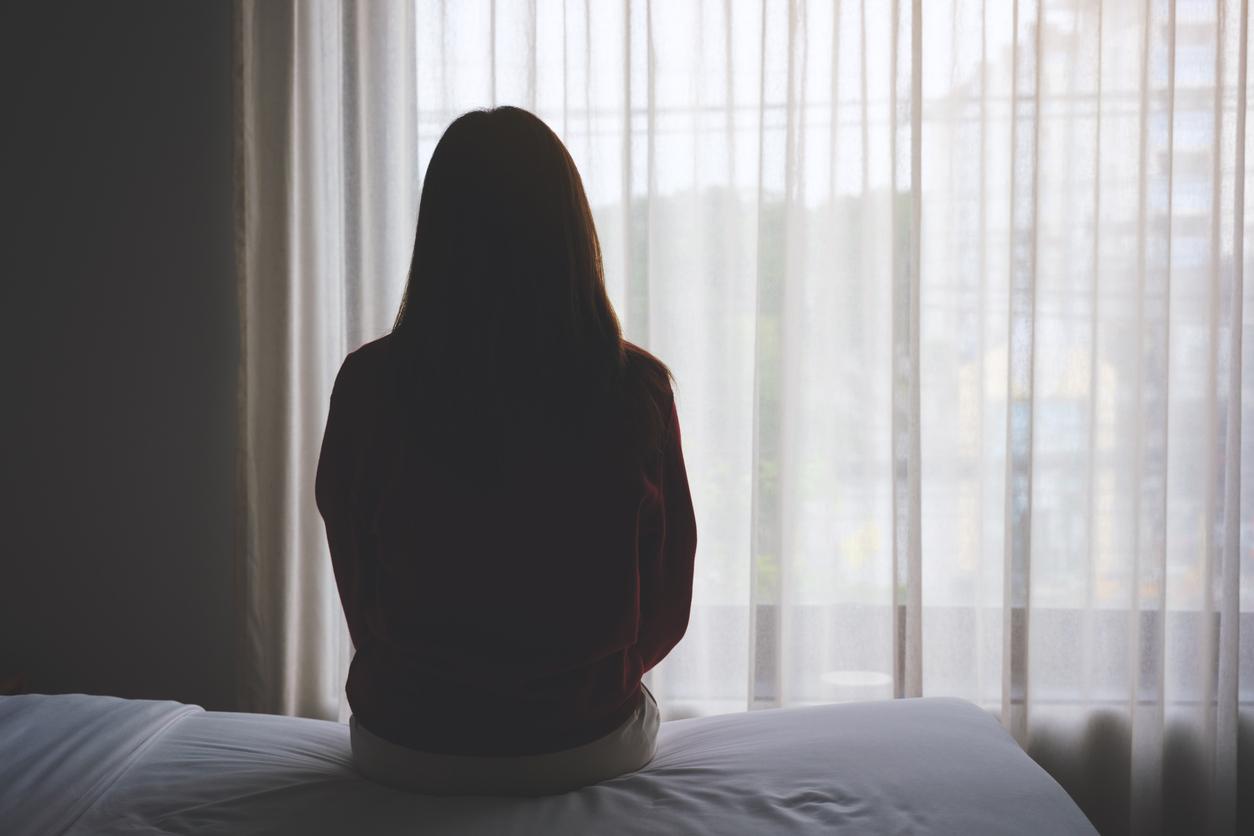Top Santé: How did you come up with the idea of writing a book about the vagina?
Dr Jean-Marc Bohbot. I have seen patients in consultation for decades. They know their ovaries and their uterus, but the vagina remains for them deeply mysterious, they do not appreciate it! Yet it is a magical organ. When the vagina is fine, it is soft, sparkling, it exudes good health, it is the Hall of Mirrors in Versailles! When it is bad, it is gray, dull and dry. The aim of this book is to help women come to terms with their most secret part.
So we have a vaginal microbiota?
Dr J.-MB We talk a lot about the gut microbiota, but the vagina also has its own. Of the 7,000 publications on microbiota published worldwide in 2016, 150 concerned the vagina. The vaginal microbiota is made up of protective bacteria, Döderlein’s lactobacilli. These “good bacteria” play a decisive role in the balance of the vagina. At the slightest disturbance, it’s a bit of an ecological war that takes place!
Read also:5 tricky questions about female anatomy
What happens then?
Dr J.-MB The other populations of microbes, which are only waiting for the opportunity to multiply, take the opportunity to gain the upper hand, which causes yeast infection (irritations, whitish deposits), vaginosis (bad smells) or even cystitis (burning sensations when urinating). As for foreign microbes, those transmitted during STI (sexually transmitted infections), they take the opportunity to get inside more easily, it’s total war! We understand the interest of ensuring balance reign at all costs.
Full hair removal, is it a protection or not?
Dr J.-MB Absolutely not. More and more publications link integral hair removal to the increase in STIs. Why? No hair or sebaceous follicles (the small glands stuffed with fat at the base of the hairs), no more protective hydrolipidic film. The herpes virus, the papillomavirus, the germ of syphilis penetrate more easily into the cells of the vulva and then the vagina. To this is added another mechanism: the vagina needs to be regenerated in lactobacilli, but their natural reservoir is in the rectum. In case of lack, the lactobacilli move along the perineum (between the anus and the vagina) via the film at the base of the hairs. If there are no more hairs, there is no more film, therefore no more physiological regeneration of lactobacilli.
Can sex life influence the microbiota?
Dr J.-MB For each partner, the vagina must make efforts to adapt and get used to the “local ecology”, that of the male microbiota at the level of the penis. Some chemistries are favorable, others are less so and are followed by inconveniences (irritation, dryness, decrease in lubrication in women, change in smell …). The more partners we change, the more the risk of imbalance increases.
What are the poisons of the vagina?
Dr J.-MB. Enemy n ° 1 of the vagina is the tobacco. Cigarettes work on two levels. On the one hand, toxic compounds and tars damage the vaginal cells, which protect themselves less well against infections. On the other hand, nicotine causes a decrease in estrogen levels. However, these hormones are essential for the famous protective lactobacilli. But currently, what attacks the intimate microbiota the most are antibiotics prescribed “larga manu”. They destroy the flora after a week. Over-the-counter antimycotics, often used indiscriminately to treat false yeast infections, also disturb the local balance. And marketing pressure is playing a huge role: women use unsuitable personal hygiene products: deodorants, too aggressive soaps, wipes, panty liners worn outside of the rules …
So you question the “classic” treatments for mycosis, cystitis, etc.?
Dr J.-MB Antibiotic or antimycotic treatments are very effective at the time, since they consist in shooting red balls at the microbes. But as the “ground” is neither taken into account nor treated, the crisis occurs again after a few weeks to a few months, since the majority of these infections are precisely linked to an imbalance of the blood. vaginal flora. The germs that exist normally in the vagina proliferate again. The gynecological revolution that is coming is precisely the taking into account of the field. It is about giving back to the vagina the capacity to defend itself and to regulate its disturbances with natural treatments, the probiotics.
Will vaginal probiotics really change treatments?
Dr J.-MB Yes, I am convinced of it. We are at the very beginning of the era of vaginal probiotics. These substances do not replace the flora in place, but they help it to regain its strength and to fight more effectively against the germs that threaten its stability. In addition, these lactobacilli play a preventive role in the vaginal dryness in stressed women or menopausal. They also increase the chances of having a child (they are now given in the protocol of IVF). They allow the faster elimination of papillomaviruses in infected women, they increase the defenses against STIs (including HIV). They improve the quality of breast milk … We are witnessing a real explosion in the areas where these probiotics will act. These food supplements are sold without a prescription. Prefer local forms (vaginal eggs), purchased in pharmacies, often more effective than oral forms.
Read also:
All the advice for good intimate hygiene
Intimate hygiene: what you need to know to preserve your vaginal flora
Personal hygiene: review your 10 commandments
















